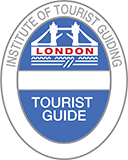What would the fossil-hunter Mary Anning say if she could see the sumptuous membership rooms bearing her name, newly opened at the Natural History Museum in South Kensington?
Sophie Campbell
Blog
NHM: time to join the wild ones
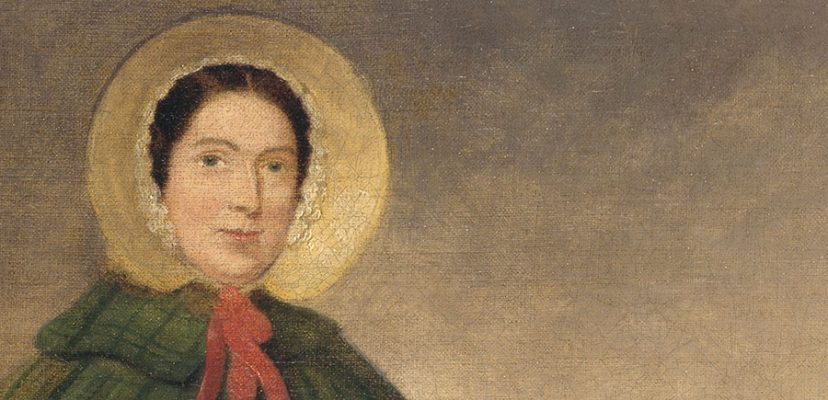
She’d have to be a member to see them. Doubtful. The young woman from Lyme Regis in Dorset, who lived in the first half of the nineteenth century and recorded more fossil ‘firsts’ in her short lifetime than most palaeontologists could ever dream of, was not even allowed to join the newly-formed Geological Society of London, whose members happily read her papers and bought her fossils.
She was eight years old when the all-male society was founded in 1807 and already helping her father fossil hunting on the beach. Within three years she had bagged, or rather dug, her first ‘fish-lizard’, or Ichthyosaurus, 17 feet long and about 200 million years old.
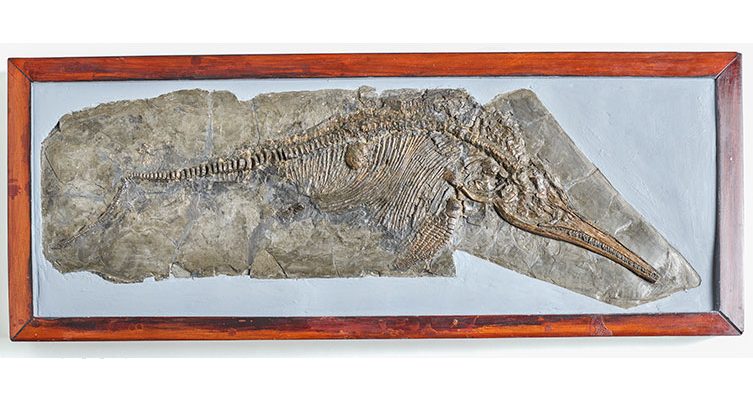
Poor all her life, despite her success, she’d be amazed by the opulence of the rooms, which, if you look up as you walk into the main Cromwell Road entrance of the museum, are over your head in the Waterhouse Towers. They occupy a formerly dark, dusty and long-neglected space that housed the botany department in the 1880s and, much later, offices.
The conversion wasn’t easy: the building is Grade I-listed, started by Francis Fowke, who died before work started, so finally completed on an immense scale by the extraordinary Alfred Waterhouse. The wonderful thing about these rooms, which are only open to members, sadly, is that you can peer out of the window for a bird’s eye view of Waterhouse’s wonderful animal grotesques, difficult to see from ground level – the museum has 130 of his glorious pencil designs in its collections.
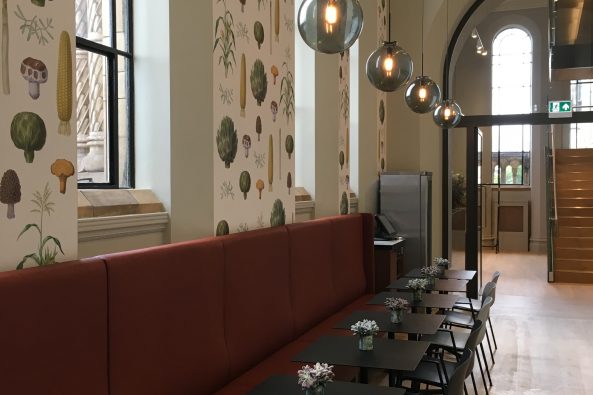
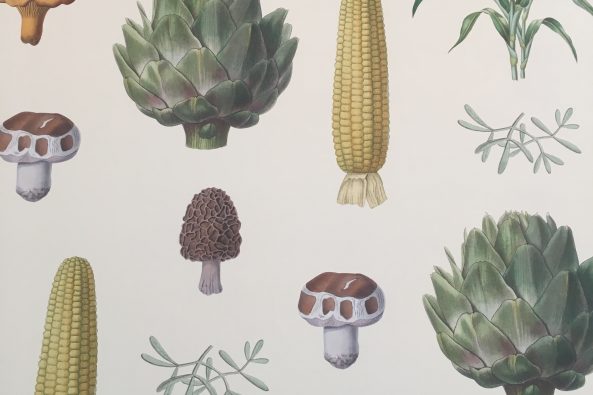
‘When museums went free nobody thought membership would be needed any more,’ explained one staff member, ‘Then we realised it was all about having some space for reflection between visits. And a small corporate space.’ The Anning Rooms are family friendly, with a cheery, 54-seat restaurant flanked at either end by adult spaces – a cosy, mushroom-coloured bar and a peaceful study room.
As you enter, a magnificent floor-to-ceiling Cabinet of Curiosities, designed with biological brio by Dannatt Johnson Architects, fills the stairwell. It’s beautifully lit: a stuffed hare leaps, animal skulls grimace, a curled nautilus lies on its back and there’s a bird’s nest made into a tiny basket.
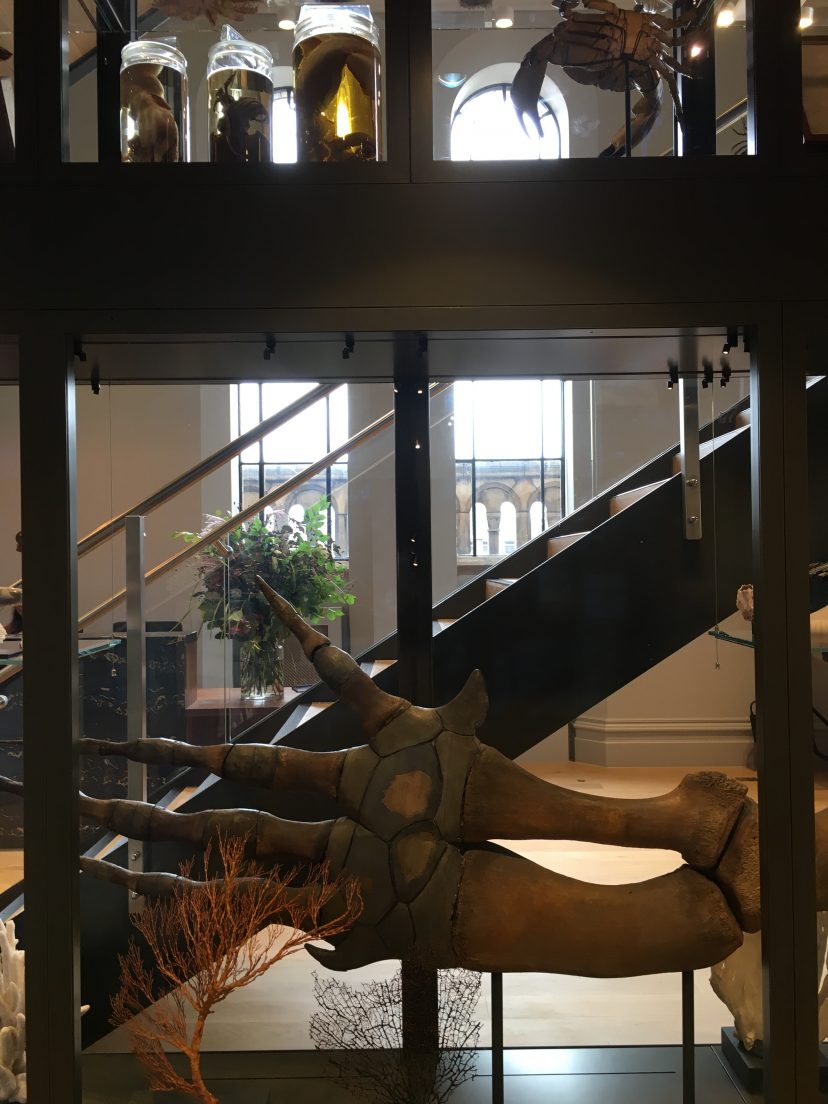
Anning would have loved this, I’m sure; 150 specimens in such a striking setting. Not to mention the whole glorious building beyond the door, designed by Charles Darwin’s deadly enemy Richard Owen as an ‘Index Museum’ – dead species to the west, living species to the east – at least one of everything, as far as possible, and its terra cotta walls alive with monkeys and birds, snakes and pterodactyls.
And membership is not that expensive in the great scheme of things, with free exhibition entry, use of the Anning Rooms and 10 free passes to give away. It’s somewhere to flop between sights – particularly if you don’t live in London – to have coffee and to think about the Anning Rooms and short, hardscrabble life of their extraordinary namesake.
- The Natural History Museum Anning Rooms are open to members during museum hours and annual membership costs £73 for an adult and £102 for a family (two adults and up to four children).
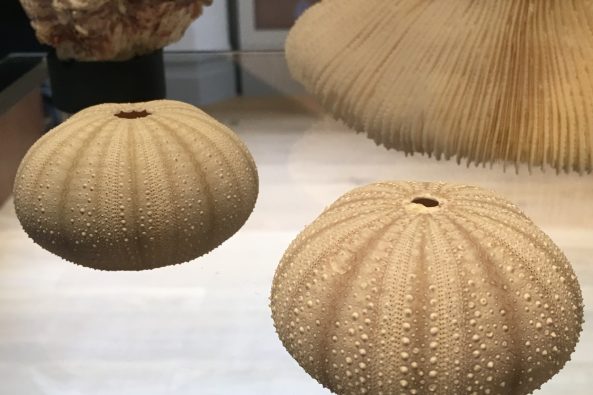
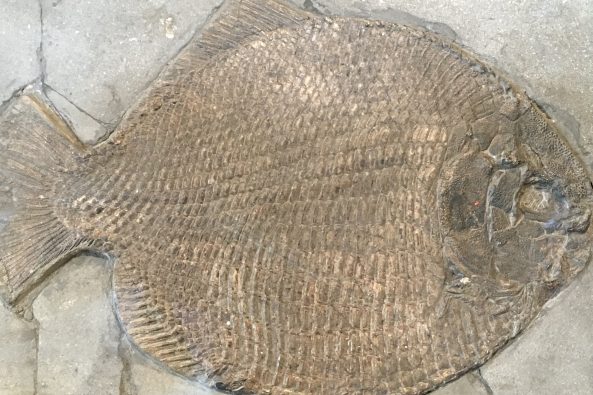
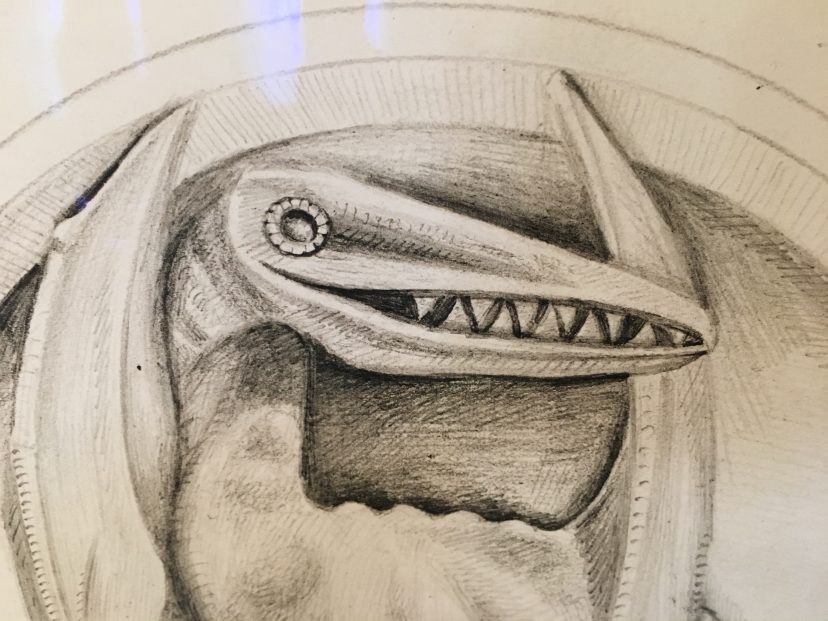
Get in Touch
Contact Sophie or check availability via the links or see Guild of Registered Tourist Guides or Association of Professional Tourist Guides.
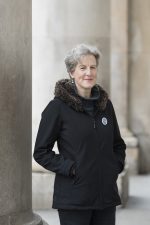
Ask A Question
- © 2025 Sophie Campbell - All Rights Reserved
- Website Designed by The Pixel Parlour
